Refine search
Actions for selected content:
23990 results in Ancient history
LIST OF ABBREVIATIONS
-
- Book:
- A History of Egypt
- Published online:
- 05 March 2014
- Print publication:
- 03 October 2013, pp xiii-xiv
-
- Chapter
- Export citation
LIST OF ILLUSTRATIONS
-
- Book:
- A History of Egypt
- Published online:
- 05 March 2014
- Print publication:
- 03 October 2013, pp xi-xiv
-
- Chapter
- Export citation
LIST OF ILLUSTRATIONS
-
- Book:
- A History of Egypt
- Published online:
- 05 March 2014
- Print publication:
- 03 October 2013, pp ix-xii
-
- Chapter
- Export citation
Frontmatter
-
- Book:
- A History of Egypt
- Published online:
- 05 March 2014
- Print publication:
- 03 October 2013, pp i-iv
-
- Chapter
- Export citation
CHAP. IX - RELIGIOUS INSTITUTIONS
-
- Book:
- A History of Egypt
- Published online:
- 05 March 2014
- Print publication:
- 03 October 2013, pp 128-158
-
- Chapter
- Export citation
PREFACE
-
- Book:
- A History of Egypt
- Published online:
- 05 March 2014
- Print publication:
- 03 October 2013, pp v-vi
-
- Chapter
- Export citation
Frontmatter
-
- Book:
- A History of Egypt
- Published online:
- 05 March 2014
- Print publication:
- 03 October 2013, pp i-iv
-
- Chapter
- Export citation
APP. V - REFERENCES
-
- Book:
- A History of Egypt
- Published online:
- 05 March 2014
- Print publication:
- 03 October 2013, pp 231-248
-
- Chapter
- Export citation
CHAPTER V
-
- Book:
- A History of Egypt
- Published online:
- 05 March 2014
- Print publication:
- 03 October 2013, pp 127-147
-
- Chapter
- Export citation
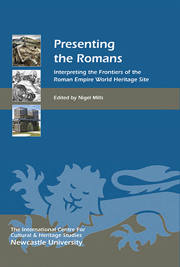
Presenting the Romans
- Interpreting the Frontiers of the Roman Empire World Heritage Site
-
- Published by:
- Boydell & Brewer
- Published online:
- 05 September 2013
- Print publication:
- 18 July 2013
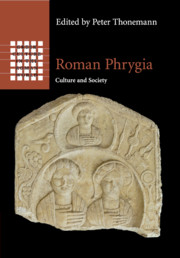
Roman Phrygia
- Culture and Society
-
- Published online:
- 05 September 2013
- Print publication:
- 29 August 2013
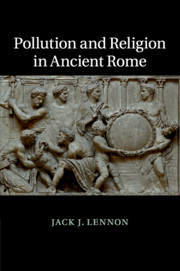
Pollution and Religion in Ancient Rome
-
- Published online:
- 05 September 2013
- Print publication:
- 22 August 2013

The History of the Decline and Fall of the Roman Empire
- Edited in Seven Volumes with Introduction, Notes, Appendices, and Index
-
- Published online:
- 05 September 2013
- Print publication:
- 14 February 2013
- First published in:
- 1898

The Cambridge Companion to Ancient Rome
-
- Published online:
- 05 September 2013
- Print publication:
- 29 August 2013
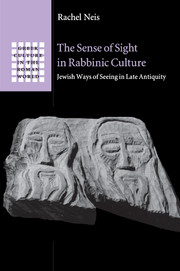
The Sense of Sight in Rabbinic Culture
- Jewish Ways of Seeing in Late Antiquity
-
- Published online:
- 05 September 2013
- Print publication:
- 29 August 2013
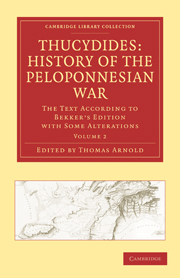
Thucydides: History of the Peloponnesian War
- The Text According to Bekker's Edition with Some Alterations
-
- Published online:
- 05 September 2013
- Print publication:
- 02 October 2010
- First published in:
- 1832
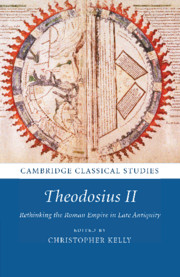
Theodosius II
- Rethinking the Roman Empire in Late Antiquity
-
- Published online:
- 05 September 2013
- Print publication:
- 08 August 2013
10 - Phrygian marble and stonemasonry as markers of regional distinctiveness in Late Antiquity
-
-
- Book:
- Roman Phrygia
- Published online:
- 05 September 2013
- Print publication:
- 29 August 2013, pp 215-248
-
- Chapter
- Export citation
24 - Riots
- from Part V - Rulers and the ruled
-
-
- Book:
- The Cambridge Companion to Ancient Rome
- Published online:
- 05 September 2013
- Print publication:
- 29 August 2013, pp 425-440
-
- Chapter
- Export citation
Maps
-
- Book:
- The Cambridge Companion to Ancient Rome
- Published online:
- 05 September 2013
- Print publication:
- 29 August 2013, pp xiii-xiii
-
- Chapter
- Export citation
